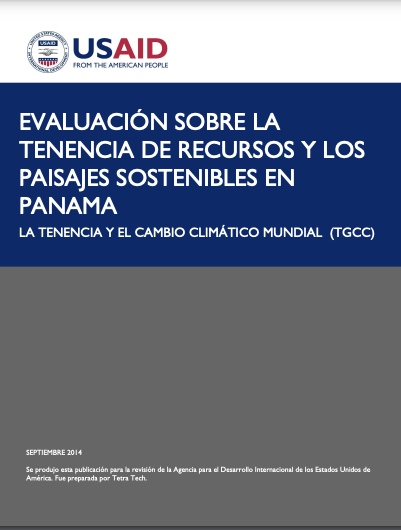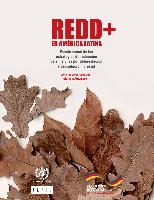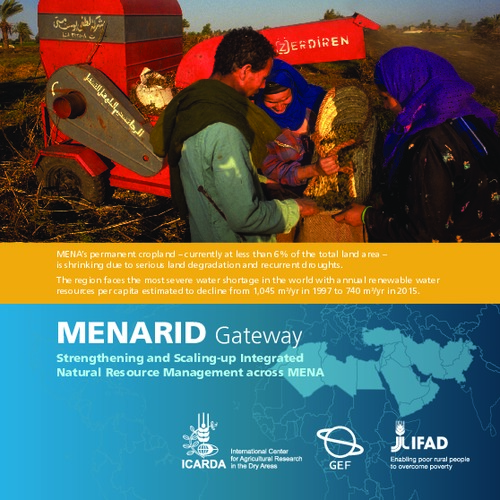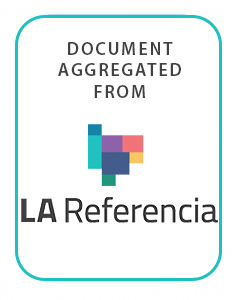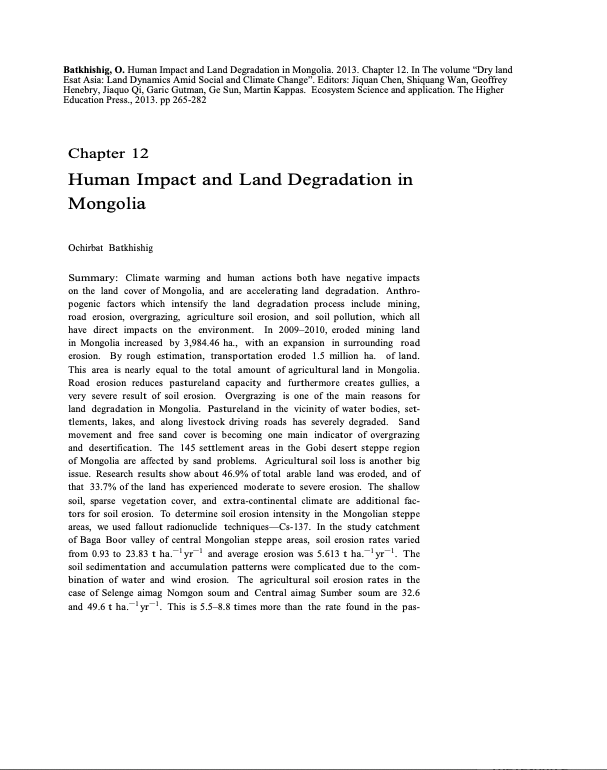Evaluación de los paisajes sostenibles y la tenencia de recursos en Panamá
A medida que la comunidad mundial intenta abordar el tema del cambio climático a través de medidas de adaptación y mitigación en el paisaje en países en desarrollo, se realza cada vez más la importancia que reviste la tenencia de recursos.

